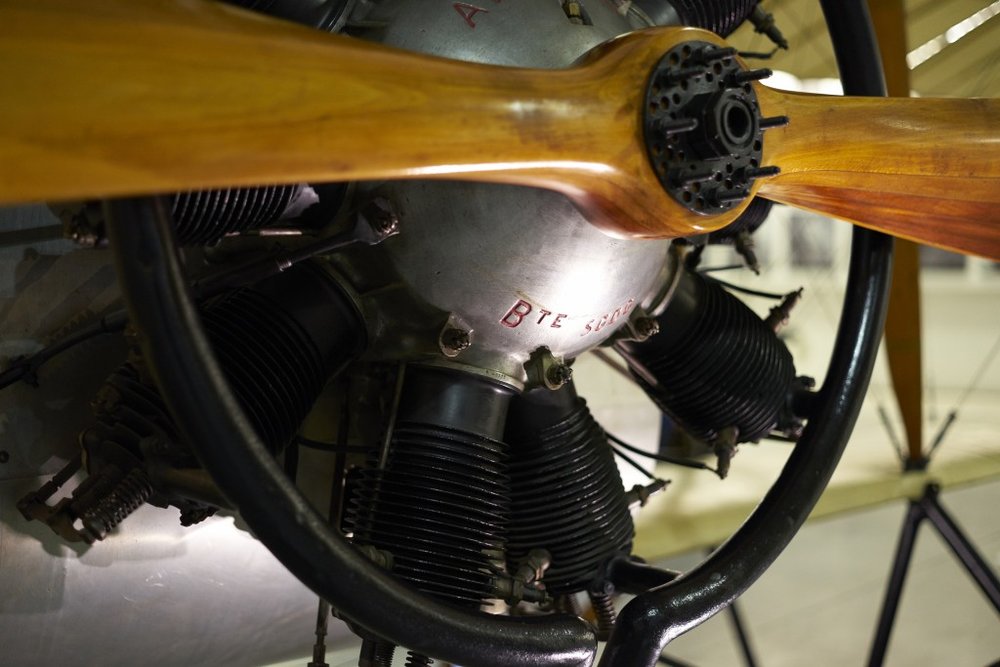What does the arrival of the Carl Zeiss Loxia mean for Sony A7 owners?
I have to admit being a little wrapped up in the arrival of the King of short telephotos the Carl Zeiss Otus 85mm, I did not perhaps pay as much attention to the arrival of the Carl Zeiss Loxia range of lenses as I should have.I have an excuse(sort of) and that is I don't actually own a Sony A7 of any description.
A couple of weeks ago though the planets sort of came into line and I had an opportunity to use the Sony A7R, needless to say I tried out the camera with the Carl Zeiss Otus 85mm F1.4 and its 'little' brother the Otus 55mm F1.4, the results from these lenses with the Canon 6D are simply superb but with the Sony A7R they give a degree of sharpness that I have not previously seen before, but more of this another time.
Using the Otus range with the Canon 6D or any other conventional DSLR the physical proportions of the combination makes sense, but when you mount an Otus on to a Metabones adapter and then mount it on a diminutive Sony A7R it does feel a little bit, erm, out of proportion, that is to say rather more lens than camera.
The expression 'game changing' is over used, but I believe the Sony A7 range truly is a game changer.
Such a feature rich camera, with a full frame sensor in a body which is the same width as an iPhone 5S.
Its detractors point to the shutter shock issue, compressed raw and relatively slow(compared to a DSLR) auto focus.
I believe though to focus on these 'issues', none of which troubled me while I was using the Sony A7R during a week of hard shooting in mixed and challenging conditions, is to somewhat miss the point of this brilliant camera range, and this comes from an avowed Canon user of more than 30 years.
I believe that with its incredible performance packed into an infeasibly small body it bridges the gap between the smart phone(being the same size as one) and the DSLR(outperforming all comers in sheer image quality).
It does have one challenge though and that is a shortage of lenses which has indeed been acknowledged by Shigeki Ishizuka, SVP Corporate Executive, Deputy President of Sony's Imaging Products and Solutions Sector and President of Sony's Digital Imaging Business Group in an interview with DPreview
Enter the Carl Zeiss Loxia range, the first two of which the 35mm F2.0 and the 50mm F2.0 were introduced at Photokina, and are just now available in the dealers.
The Loxia is a range which is derived from the Zeiss ZM range of lenses which was made for the Leica 'M' series cameras, which means they are very compact indeed(each of which are just 66mm/2.6 inches long and lightweight too, weighing 320g(50mm) and 340(35mm)
The lenses are the legendary Carl Zeiss lens designs, the Biogon(35mm) and the Planar(50mm) specially optimised for digital sensors to get the very best performance from them.
These lenses have a 'real' aperture ring too, which movie shooters on the excellent Sony A7S will enjoy even more as it can be 'declicked' quite simply by the user allowing seamless aperture adjustments.
The lenses are in no way considered to be competitors for the AF Sony Carl Zeiss lenses which are manufactured and sold by Sony as they are manual focus, they are intended to complement the range.
Before you stop reading and think that manual focus is a non starter with a 36mp sensor in a Sony A7R, which is merciless and leaves little room for out of focus fumbles, think again.
I used the lenses at the new World War One gallery at RAF Hendon and I have to say focusing was easy as easy can be with my 'hit rate' for pin sharp images being possibly better than that if i had shot the images with an auto focus lens.
Really.
I would love to say I have focusing jedi like talents but very sadly this is not the case.
Because these lenses have been designed with the Sony A7 in mind they have features that you would only find in a manufacturers lens and this is a very big deal for the Loxia.
It maybe a manual focus only lens but when you move the focusing ring even a tiny bit it zooms in to 10X magnification, no need to press any pre assigned button it just does it, you can assign the area of magnification yourself too, so if you are trying to focus on something off centre you can completely nail the focus.
Speaking of focusing, if your only experience of manual focus is with an autofocus lens and use a Loxia the chances are that you are in for a treat as you may well be unfamiliar with beautifully dampened focus ring which for me had just the right amount of friction, truly a treat to use.
This is a short overview of the lenses used in gentle test conditions, not a full on shootout, but my overall view of the lenses was they are sharp little jewels, particularly impressive in the shots I did at F2.0 with a certain creamy smoothness and subtlety, and I did not encounter any purple fringing which is very pleasing indeed.
That brings me to a curious but revealing conclusion to this post.
Lucinda and I were doing some of the test shots and I was saying how there was something lovely about the Sony A7/Loxia combination which I could not quite put my finger on.
I think Lucinda put it really well in the end when she said 'It reminds me of my old Nikon FM2'
Though I never really was a Nikon man I did appreciate the FM2 - a small SLR which was precise, easy and simple to use, with a certain straight forward character which I did envy as a Canon user.
For me the Sony A7R/Loxia combination is a bit of a contradiction in that feels like a very old fashioned experience wrapped in 21st century clothes, giving the photographer a level of control, precision and satisfaction in their photography which has been somewhat forgotten in this age of hyper fast autofocus.
There is no doubt that the Sony A7 still does need more lenses to make it appeal to a wider audience, and the start of the Loxia range is just a small if significant move in the right direction
The advent of the Carl Zeiss Loxia range has bought the day when I buy a Sony A7R more than a little bit closer.



